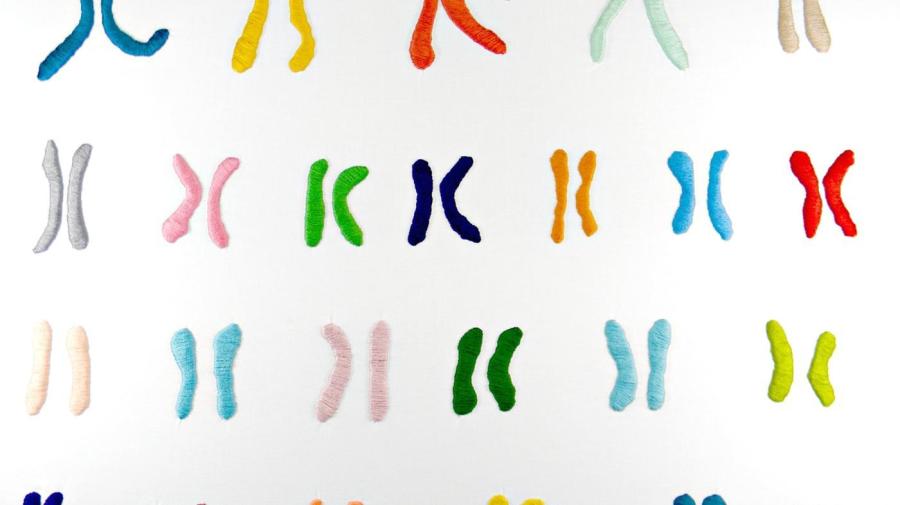What Is the Function of Chromosomes?

In an organism, the function of chromosomes is to contain most or all of the genetic material needed. This DNA is in the form of long nucleotide series organized into genes.
Chromosome Structure and Function A chromosome is a structure that almost looks like thread. In plant and animal cells, it is found within the nucleus. They are made of one DNA molecule and protein. They contain all hereditary information to determine a person’s traits, ranging from hair color to height.
In animals, plants and humans, the chromosomes are arranged in pairs. Humans have 22 pairs of chromosomes, referred to as autosomes, and then a pair of sex chromosomes, for a total of 23 pairs.
This organized DNA structure contains various regulatory elements, genes and other nucleotide sequences. They also hold DNA-bound proteins. These work to essentially control the functions of DNA after packaging it.
What is DNA? Deoxyribonucleic acid, or DNA, is a type of long molecule that is two-stranded. It holds the genetic code of living things. It essentially provides the instructions necessary for all proteins in the body to be made. It contains four bases, including adenine, guanine, cytosine and thymine.
The bases will always pair the same way when pairing together. Hydrogen bonds are what join them together. The instructions in the genome are determined by the sequence of the bases. DNA looks almost like a twisted ladder. This unique shape is referred to as a double helix.
Exploring Chromatin DNA is usually not alone inside a cell. It communicates with specialized proteins that give it structure and ensure that it is organized. The proteins are referred to as histones in eukaryotes. These proteins are positively charged and they essentially form a cone or cylinder for DNA that is negatively charged to wrap around. Histones along with the complex of DNA and other structural proteins is referred to as chromatin.
Chromatin is condensed for most of a cell’s life. When the cell is getting ready to divide, it will undergo condensation. It breaks up into chromosomes at this time.
Cell Division When cells are getting ready to undergo division, they have to make a copy of each chromosome. This means that two copies are essentially available and these are referred to as sister chromatids. These are completely identical. Proteins known as cohesions cause the sister chromatids to be attached to each other. At the centromere, the attachment is tightest. This is the area of DNA that is imperative for the sister chromatid separation once cell division progresses to the later stages.
They are considered a single chromosome when they are still attached. They become separate once cell division pulls them apart. Mitosis and meiosis are two types of cell division. With mitosis, the mother cell divides to create two new cells. These new cells are genetically identical to the mother cell. This process involves four phases, including prophase, metaphase, anaphase and telophase.
Meiosis is only used in humans to produce gametes. The stages are similar to mitosis and chromosomes are still organized and separated. However, in addition to separating the sister chromatids, it also has to separate homologous chromosomes.





